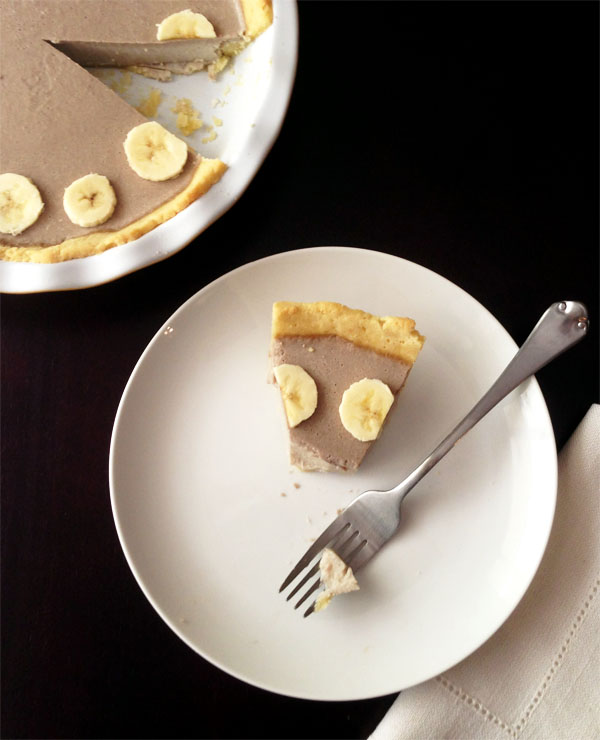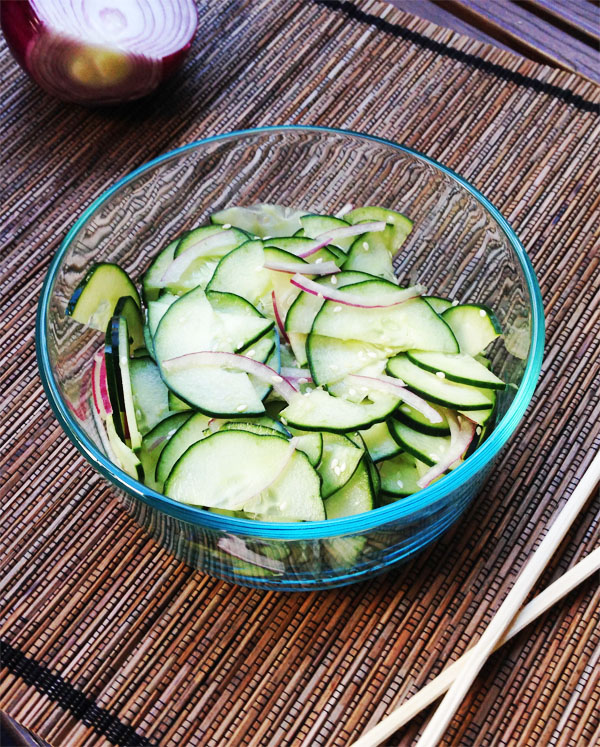I’m not going to go into a long thing about why microwaves are bad for you. I’ve been without one for over a year and this is how I manage…easily.
1. What about microwavable dinners?
I don’t buy microwavable meals, they are full of processed chemicals, expensive, and overly salty anyway. If you like prepared food, try making a ton of leftovers over the weekend for the week. If you don’t want to cook check out the salad and sushi bar instead.
2. How do you heat your food when you are not at home?
That’s easy, you bring food that doesn’t need to be heated such as salads, granola bars, veggies and dips, sushi, pasta salads, sandwiches, hard boiled eggs, pizza, and asian leftovers all taste good cold, just to name a few. Yes, all these food can be made paleo, but it will definitely take some cooking skills.
3. How do you heat your food at home?
I normally heat it over a small nonstick skillet or pan. There is usually one dish to clean, but that’s not much. I also put foil over a cookie sheet and heat up the food for 10 minutes in the oven. Then there is no cleanup when you toss away the foil. If you have the space, you can always invest in a toaster oven, but if you have an oven then a toaster oven seems redundant.
4. How do you make popcorn?
You just add a little olive oil to a skillet and throw in the kernals. Make sure the lid is on and watch it pop. We’ve tried it with coconut oil, and it doesn’t work. If you’re paleo, popcorn is technically a whole grain and you shouldn’t be eating it anyway.
6. How do you defrost food?
Food defrosts best in the fridge, although it takes some time. You can also leave it out on the counter, or if you are in a rush, run hot water over it.
7. What about heating beverages?
This too can be done over the stove or look into getting an electric kettle. I would avoid this gadget unless you are tea obsessed and usually away from kitchen.








